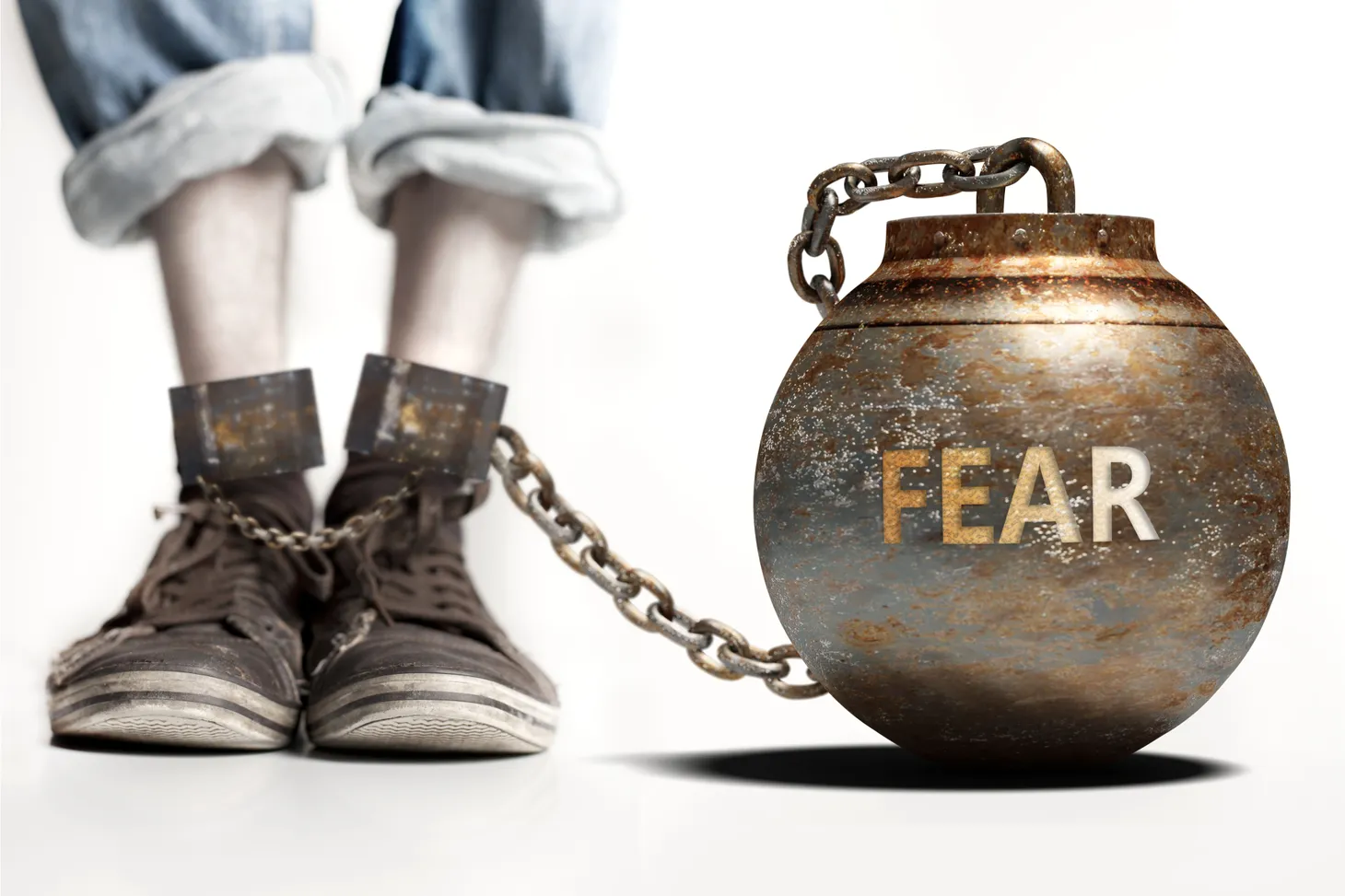Who am I not selling to because I think they can’t or won’t pay for my product?

Who am I not selling to because I think they can’t or won’t pay for my product?
Price is king, right? “Build ’em cheap and stack ’em high” is practically the motto of most segments of the tech industry
Naturally, there are some notable exceptions for companies producing exclusive high priced products.
It’s certainly a core assumption about what the majority of customers want.
For example, $320 is a huge sum of money for a middle- or lower-class Indian family, but it didn’t stopped sales of HP’s DreamScreen.
HP customers saw the value that DreamScreen would bring to their lives.
The price, though steep, made sense.
The lessons learned? Never kill an idea because you assume your customers can’t afford it.
If the value the product brings to their life justifies the cost, they will find a way to make the purchase.
Your first concern should be to make it relevant; your second, to make it affordable.
Remember that in many cases the customer is not evaluating the perceived worth of your product solely on price, but more on value.
They ask themselves, “What do I get for the money that I spend?” If you’re getting tripped up in trying to understand if your customer will perceive your product as “expensive,” ask yourself if you are confusing price and value as being the same thing.
Price and value are not the same thing; if there is sufficient value in the product the customer will find a way to save for or finance their purchase.
People will find a way to pay for the things that are important to them, and important is a purely subjective thing.
Look at the organic food market.
Vegetables that are certified as organic cost an average of 50 percent more than nonorganic.
Organic milk and meat can be as much as twice the price of conventionally raised products.
Now, everybody benefits from healthy food, but there is still no definitive study showing that an organic head of broccoli is dramatically healthier than its conventionally raised counterpart.
Yet millions of people regard the extra cost of organic food as part of the cost of doing business, or raising their family.
Organic matters to them, and they’ll prioritize it, even if it means cutting out other items from their budget.
There are other ways to give a customer access to products that are theoretically too expensive for them to purchase.
In the last five years — businesses that allow women to rent luxury items for monthly fees have become a huge trend.
Bagborrowandsteal.com allows a user to rent a Chloé handbag for $225 a month.
At the end of the month, the customer returns the bag and receives a new designer item in its place.
The bag would cost her more than $1,500 to buy new.
Other companies rent designer dresses for roughly ten percent of the purchase price.
The woman rents it, wears it, and returns it a few days later.
There are questions here about whether these smaller rental companies are harming large luxury brands by devaluing the products they rent, or benefiting them by extending the brands’ reach to a new audience.
There are good reasons why Gucci, for instance, does not rent their dresses and bags directly to a customer.
The person who purchases a dress for several thousand dollars does not want to see it worn by her assistant for a tenth of the price.
However, if that assistant then goes out and buys the perfume to go with the rented dress, and begins a longer-term relationship with a brand like Chloé or Gucci or Louis Vuitton, then maybe it ultimately benefits these brands.
The same goes for those who rent expensive sports cars for a special event from companies like Gothem Dream Cars.
Here you can rent a Lamborghini Aventador — a car that retails for $468,000 — a car way out of the price range for 99% of the people.
That rental cost? $2,500 for a three day rental.
Just enough time to empress at the college reunion … or to celebrate that special anniversary.
Either way, it’s an interesting and innovative way to tap into people’s desires, and provide them with the things they need and want — but wouldn’t event be able to consider given their income level.
So ask yourself …
Who am I not selling to because I think they can’t or won’t pay for my product?
Dig deeper by asking …
Is the expense of your product in some way central to how your customers think or feel about it?
Would you benefit from having more people able to afford what you sell, or does its exclusivity magnify your potential customers’ desire to buy it?
Don’t discount potential customer segments because of what you perceive is the willingness to pay.
Remember — price and value are not the same thing.
I’m Phil McKinney — and thanks for listening.




